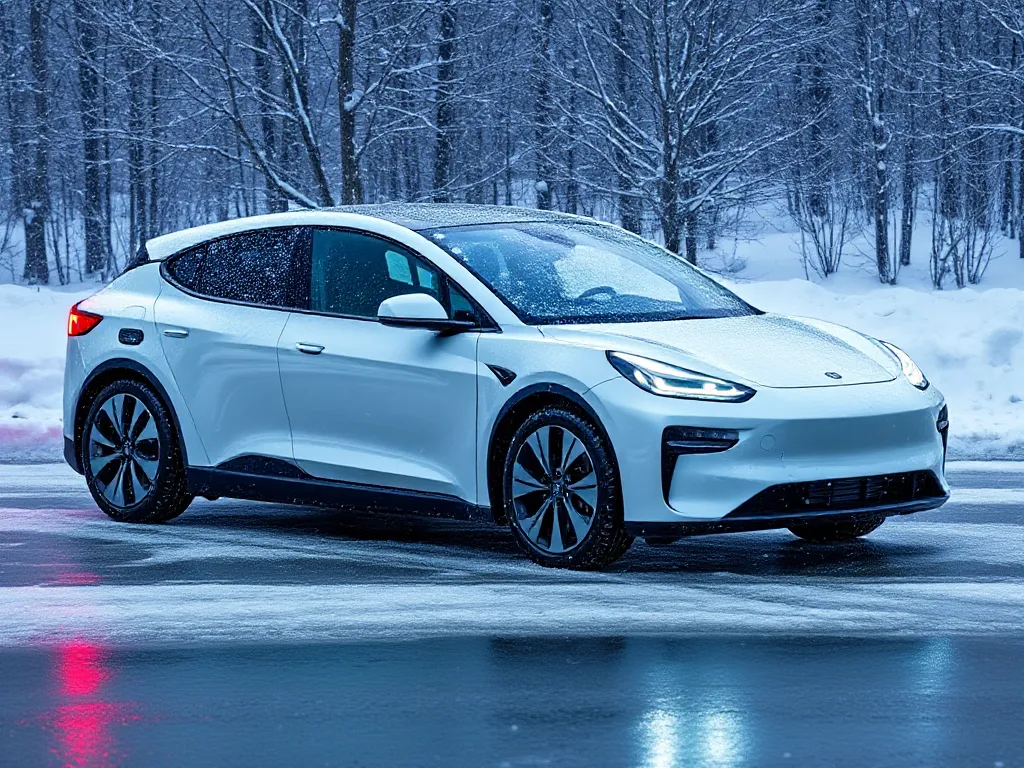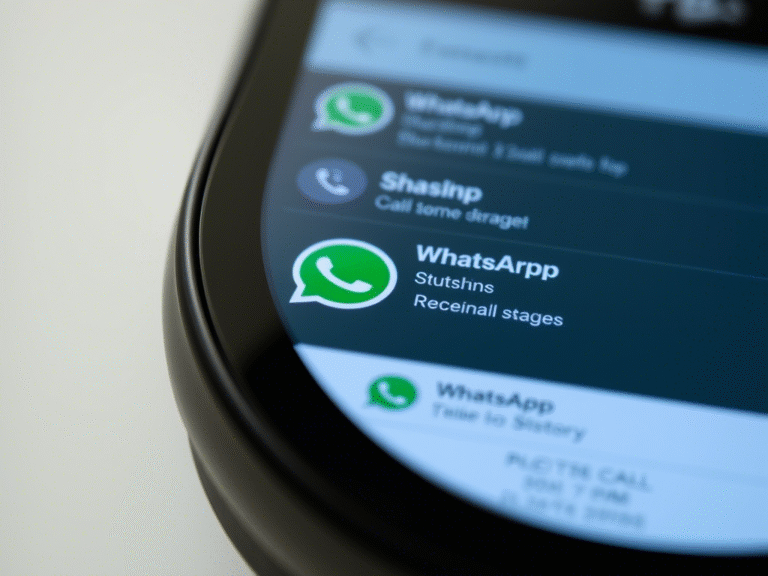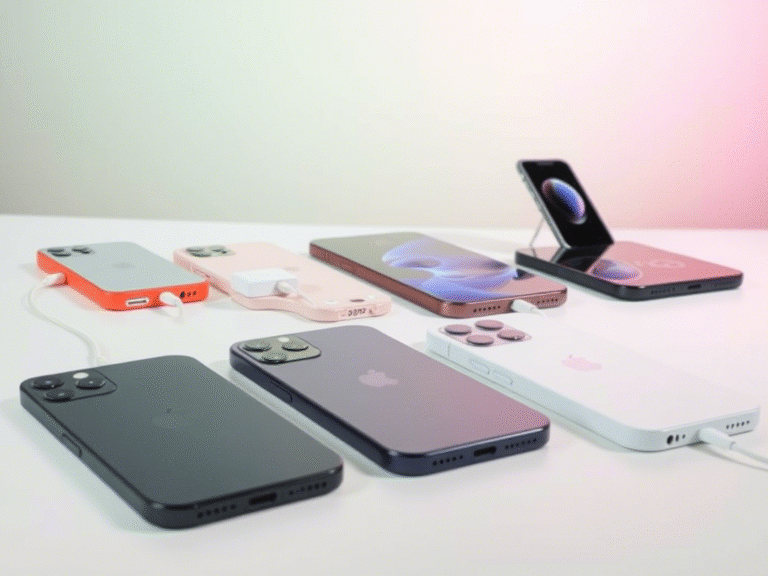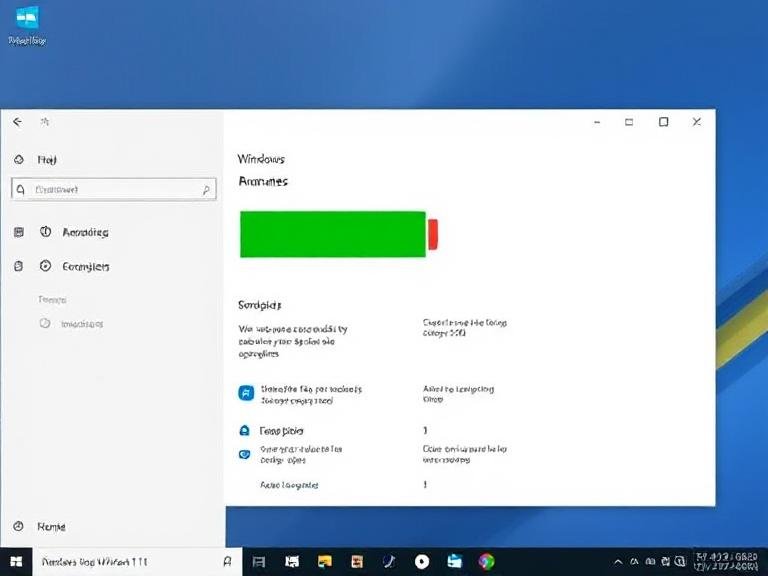
The Truth About EV Battery Size and Cold Weather Performance
A new study from Cornell University , conducted in partnership with the Tompkins Consolidated Area Transit (TCAT) , has revealed how much of an impact cold weather can have on the energy consumption of electric buses — especially in areas like Ithaca, New York, where winters are harsh and roads are hilly.
The research looked into real-world performance data from seven battery-electric buses (BEBs) that TCAT introduced in 2021 as part of a federally funded pilot program. Over two years, these buses operated across 41 different routes throughout Tompkins County.
However, researchers noticed a clear pattern: during colder months, the buses experienced reduced range and higher energy consumption , prompting a deeper investigation into the reasons behind this drop in efficiency.
🔍 Understanding the Energy Drain in the Cold
To better understand the issue, scientists developed what they call the “Optimal Temperature Zone” (OTZ) model — a baseline showing how much energy the buses should use under ideal temperatures ranging between 16°C and 30°C .
When temperatures fell to between −4°C and 0°C , energy usage jumped by around 48% , compared to predictions from the OTZ model. Even in a slightly milder range of −12°C to 10°C , energy consumption still increased by about 28.6% .
This increase includes both the power used for driving and the energy recovered through regenerative braking.
🔋 Why Cold Weather Hits Harder
Two main factors were found to be responsible for the surge in energy consumption:
- Battery Heating:
The batteries perform best at around 24°C , so when it’s freezing outside, they require additional energy just to warm up before the bus can start moving. - Cabin Heating:
Especially on urban routes where doors open frequently, heating the interior became a major drain on the battery.
As Max Zhang, the senior author of the study and professor at Cornell, explained:
“With an all-electric vehicle, the battery is the only onboard energy source. Everything has to come from it.”
🔄 Regenerative Braking Works Less Efficiently in the Cold
Another finding was that regenerative braking , which normally helps recharge the battery while the bus slows down, was less effective in low temperatures. One reason? These bus batteries are massive — roughly eight times larger than those in regular electric cars — making it harder to maintain uniform temperature across all battery cells.
💡 Practical Solutions for Winter Performance
The researchers proposed several short-term strategies to help improve the buses’ efficiency in cold conditions:
- Park buses indoors to keep them warmer.
- Charge batteries while they’re still warm.
- Minimize door-open time during stops to reduce heat loss.
For long-term planning, cities may need to rethink transit infrastructure, including:
- The number and location of charging stations.
- Whether to build or retrofit heated garages.
- Adjusting route schedules and optimizing fleet management based on climate challenges.
Jintao Gu, the lead author and PhD student, noted:
“You have to try to optimize the schedule of all of the buses and consider the capability of your infrastructure — how many charging stations you have, and if you have your own garage.”
🚌 Urban vs. Rural Routes: Which Is Better in the Cold?
Interestingly, the study found that rural routes , which involve fewer stops, consume less extra energy in cold weather compared to urban ones. This could help transit agencies decide which routes are more suitable for electric buses during winter months.
🧠 Final Takeaway: Designing EVs for All Climates
Professor Max Zhang summed up the broader implication of the study:
“One of the lessons we’ve learned is that these buses should be designed for the whole country, including states with colder climates. But any lessons are good lessons. This helps us learn as a society and do better.”
Source: Cornell University ; Study published in ScienceDirect





